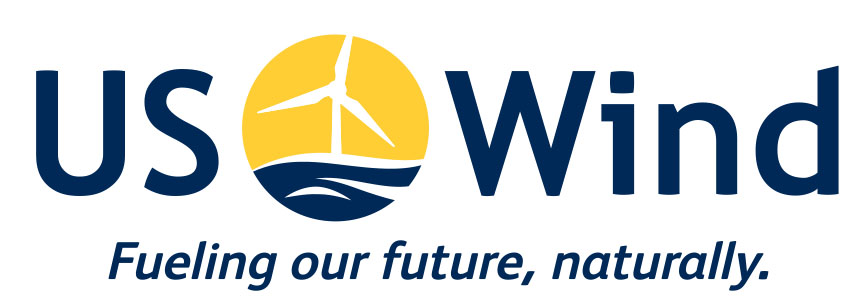How state policies are driving U.S. offshore wind growth
The nascent of the offshore wind industry in the U.S. is driven by various factors, including the global market’s (specifically, Europe) offshore wind evolution resulting to declining costs, growing expertise, and expanding supply chain and energy storage. On a state level, policies are shaping offshore wind and clean energy efforts: meeting carbon-free targets, passing legislation, developing infrastructure, growing investments, and harnessing the workforce potential.
In the last few months alone, the U.S. Senate extended offshore wind credit, and numerous states within the U.S. and its territories have set 100% clean energy commitments, as well as mobilize legislative action, and cultivate learning institutions and manpower.
In Maryland, the Clean Energy Jobs Act (CEJA) was passed in April this year, which will drive the state’s economic activity in job generation, additional capital expenditures, and further reduction of carbon emissions. The following month, US Wind secured the MET Mast tower project, which is set to be one of the nation’s first commercial-scale offshore wind energy projects. Results from the tower and the 32-turbine US Wind Maryland project will eventually produce 268 megawatts of offshore wind energy, which can power 76,000 Maryland homes.
Other developments in northeast states like New York (recently awarded offshore wind contracts to be built in Long Island), Massachusetts (the site of a 1.1-gigawatt offshore wind farm), and New Jersey (set to build the first major offshore wind manufacturing facility located in Paulsboro) have led to a surge in supply chain companies of all sizes seeking to locate new facilities throughout the East Coast in order to meet offshore wind industry’s growing needs and maturing market.
“There is enormous opportunity, especially off the East Coast, for wind. I am very bullish,” former Interior Secretary Ryan Zinke told the Washington Examiner last year. “Market excitement is moving toward offshore wind. I haven’t seen this kind of enthusiasm from the industry since the Bakken shale boom.”
Elsewhere, Maine has just approved the 12-megawatt Aqua Ventus project, and west coast states like California set to conduct its offshore wind auction next year.
Offshore wind also sparked growing interest from other sectors like tech giants such as Microsoft and Google turning to clean energy resources like offshore wind to drive “sustainable business transformations.” Oil and gas industry leaders like Shell is leveraging its experience and technologies.
Mark Gainsborough, executive vice president of Shell New Energies, said, “Our own offshore wind development team — the electrical engineers and the structural engineers — are all people who worked in oil and gas before, and transferred across to this new and interesting challenge.”
